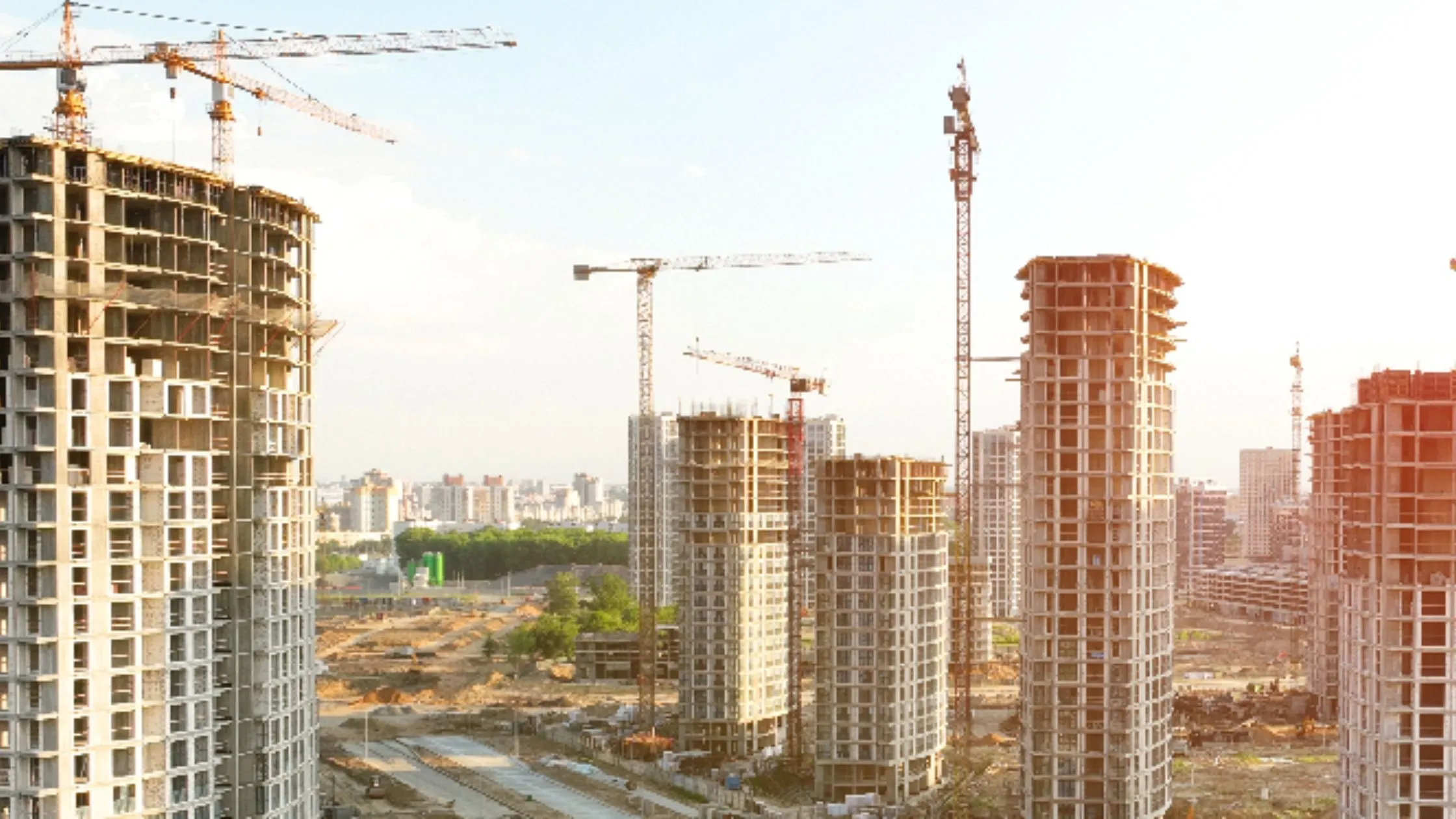Table of Content
- Table of Contents
- 1. Introduction
- 2. What Are solar powered homes?
- 3. How Do Solar Panels Work?
- 4. Benefits of solar powered homes
- 5. Challenges of solar powered homes
- 6. Cost Analysis of solar powered homes
- 8. Case Studies of Successful solar powered homes
- 9. Future of solar powered homes in India
- Conclusion
As concerns about climate change and energy consumption grow, solar powered homes are becoming a popular choice for environmentally conscious homebuyers. By harnessing solar energy, homeowners can reduce their carbon footprint and save on energy bills. However, the decision to transition to a solar-powered home comes with its own set of benefits and challenges.
In this comprehensive guide, we will explore the concept of solar powered homes, their benefits, challenges, costs, and the future outlook for this sustainable housing option.
Table of Contents
- Introduction
- What Are solar powered homes?
- How Do Solar Panels Work?
- Benefits of solar powered homes
- Environmental Benefits
- Economic Benefits
- Energy Independence
- Increased Property Value
- Challenges of solar powered homes
- Initial Costs
- Maintenance Requirements
- Weather Dependence
- Space Requirements
- Cost Analysis of solar powered homes
- Installation Costs
- Savings on Energy Bills
- Government Subsidies and Incentives
- Factors to Consider Before Investing in solar powered homes
- Case Studies of Successful solar powered homes
- Future of solar powered homes in India
- Conclusion
1. Introduction
solar powered homes are at the forefront of the sustainable living revolution. These homes use solar panels to convert sunlight into electricity, powering everything from lighting to appliances. As India moves towards renewable energy adoption, solar powered homes are an important step in reducing dependency on non-renewable resources.
2. What Are solar powered homes?
A solar-powered home generates electricity using solar panels installed on rooftops or open spaces. The energy generated is stored in batteries or fed back into the grid. solar powered homes can function partially or entirely on solar energy, depending on the system installed.
3. How Do Solar Panels Work?
|
Step |
Process |
|
Step 1: Sunlight Capture |
Solar panels absorb sunlight using photovoltaic (PV) cells. |
|
Step 2: Energy Conversion |
PV cells convert sunlight into direct current (DC) electricity. |
|
Step 3: Inverter Usage |
An inverter converts DC electricity into alternating current (AC), which powers home appliances. |
|
Step 4: Energy Storage |
Excess energy is stored in batteries or sent back to the grid for future use. |
4. Benefits of solar powered homes
Environmental Benefits
- Reduced Carbon Emissions: Solar energy is a clean energy source, significantly reducing carbon emissions.
- Conservation of Resources: Solar power reduces reliance on fossil fuels.
Economic Benefits
- Lower Electricity Bills: Solar energy reduces dependency on grid electricity, leading to lower monthly bills.
- Government Subsidies: In India, homeowners can avail of subsidies for installing solar panels, reducing initial costs.
Energy Independence
solar powered homes are less affected by power outages, providing continuous energy supply in areas with unreliable grids.
Increased Property Value
Homes with solar installations have higher resale value due to their energy efficiency.
|
Benefit |
Description |
|
Environmental Impact |
Reduces pollution and reliance on non-renewable energy sources. |
|
Cost Savings |
Significant reduction in electricity bills over time. |
|
Resale Value |
Solar homes often fetch a premium in real estate markets. |
5. Challenges of solar powered homes
Initial Costs
Installing solar panels and related equipment requires a significant upfront investment.
Maintenance Requirements
Solar panels require regular cleaning and occasional maintenance to ensure efficiency.
Weather Dependence
Solar energy generation is dependent on sunlight, making it less effective during monsoons or cloudy days.
Space Requirements
Solar panel installations require adequate roof or ground space, which may be limited in urban areas.
Also Read: 1kW Solar Panel Price in India with Subsidy (2024)
6. Cost Analysis of solar powered homes
|
Cost Component |
Approximate Range |
|
Solar Panel Installation |
₹50,000 to ₹3,00,000 (depending on capacity and quality) |
|
Inverter and Batteries |
₹40,000 to ₹1,50,000 |
|
Maintenance Costs |
₹5,000 to ₹10,000 annually |
|
Energy Savings (Monthly) |
₹1,000 to ₹3,000 |
Government Subsidies and Incentives
- National Solar Mission: Offers financial incentives for solar installations.
- State-Level Programs: Various states provide subsidies for residential solar panel systems.
- Factors to Consider Before Investing in solar powered homes
- Sunlight Availability: Evaluate the amount of sunlight your location receives annually.
- Energy Requirements: Assess your household’s energy consumption needs.
- Budget and Subsidies: Analyze upfront costs and available government incentives.
- Quality of Equipment: Choose reliable and high-quality solar panels and inverters.
8. Case Studies of Successful solar powered homes
Case Study 1: Solar Home in Rajasthan
- Details: A 3BHK home powered entirely by solar panels.
- Outcome: Reduced electricity bills by 80% and achieved energy independence.
Case Study 2: Apartment Complex in Bengaluru
- Details: A housing society installed solar panels on common areas.
- Outcome: Lowered maintenance costs for residents and promoted sustainability.
9. Future of solar powered homes in India
With the Indian government’s push for renewable energy, solar powered homes are expected to grow exponentially. Technological advancements and falling costs of solar equipment will make solar energy more accessible to Indian homebuyers.
Key Trends
- Increased adoption of smart solar systems with remote monitoring.
- Use of solar tiles for aesthetic integration into home designs.
- Expansion of government policies to support residential solar adoption.
Conclusion
solar powered homes represent the future of sustainable living. While the benefits, including reduced costs and environmental impact, are immense, challenges like high initial investment and maintenance need consideration. With the government promoting renewable energy, homebuyers can look forward to more opportunities to adopt solar power, making it a worthwhile investment for long-term savings and environmental benefits.
Also Read: 6 Surprising Ways to Use Solar Lights to Elevate Your Home

_1731914766.webp)









Ans 1. A solar-powered home uses solar panels to convert sunlight into electricity, powering appliances, lighting, and other energy needs.
Ans 2. Benefits include reduced electricity bills, environmental conservation, energy independence, and increased property value.
Ans 3. Challenges include high initial costs, maintenance needs, dependency on weather, and space requirements for solar panel installation.
Ans 4. Installation costs range from ₹50,000 to ₹3,00,000 depending on the capacity and quality of the panels and inverters.
Ans 5. Yes, the Indian government offers subsidies under the National Solar Mission and state-level programs to promote solar energy adoption.